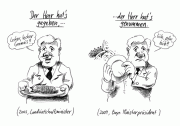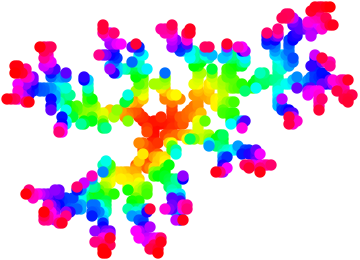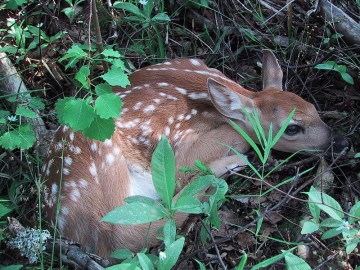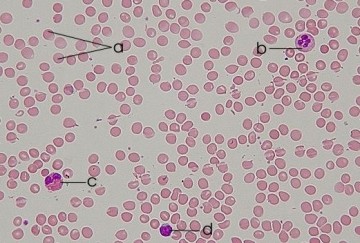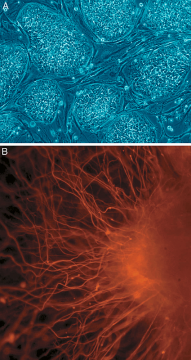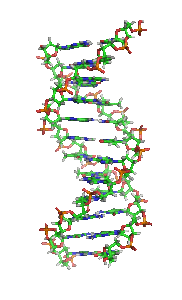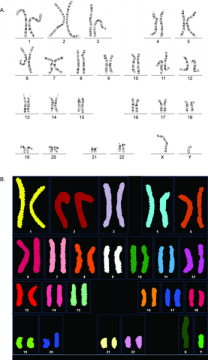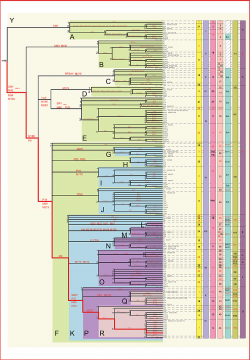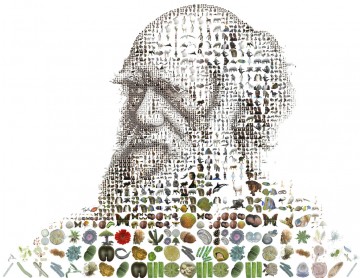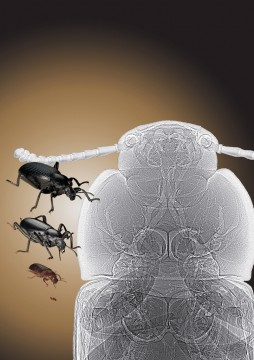
Tracheal tubes are visible in this synchrotron x-ray phase contrast image (right) of a tenebrionid beetle (left). See: Alexander et al., “Increase in tracheal investment with beetle size supports hypothesis of oxygen limitation on insect gigantism,” Proc. Natl. Acad. Sci. USA 104(32), 13198 (August 7, 2007). DOI: 10.1073pnas.0611544104. (Courtesy: The Field Museum of Natural History, Chicago, IL; and Argonne National Laboratory)This image was created with the use of the Advanced Photon Source, located at Argonne National Laboratory, in Illinois. The APS is the source of the brightest X-rays in the Western Hemisphere.Courtesy Argonne National Laboratory.

